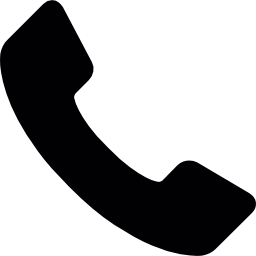Introduction
We will be covering how to handle business to business (also known as B2B) sales objections. B2B sales objections are situations where a lead won’t buy the business’s service/product. The reasons include:
The Lead Using A Competitor
The lead could be using a competitor’s equivalent product/service. Firstly, the appointment setter can use testimonials (which are the testimonies of various customers describing how the business’s products/services have benefitted their business). Secondly, they can use case studies (which are examples where the business’s products/services have been used within another lead’s business). Thirdly, they can use references (which is where businesses have referred other businesses to the business, due to the business’s products/services). Fourthly, they can meet with customers who have left competitors (where they can find out reasons to switch to their products/services from other businesses’ products/services).
The competitor’s product/service could have lower pricing compared to the business’s product/service. Firstly, the appointment setter can explain what the business offers over their competitor (for example, the business’s products are shirts with green polka dots, whereas the competitor’s products are shirts with pink polka dots being sold to a solar power company, which are less effective at absorbing sunlight than green polka dots are). Secondly they can explain why the business’s product is the current price (for example, the pink dye used in the competitor’s shirts are made locally, but the green dye used in the business’s shirts are imported from India, therefore it is more expensive – but more effective – than the pink dye used by the competitor).
The Timing of the Sale
The sale’s timing could be an issue. Firstly, the appointment setter can come back at a time agreed between the appointment setter and the lead. Secondly, they can ask why the lead wants to wait. Thirdly, they can explain why the business’s product is a better alternative to their competitors (like the polka dot shirts example). Fourthly, they can set up a follow-up call to discuss the objection further. Moreover, the lead may be happy with a competitor; they may want to learn about the lead’s current situation with the competitor – have they recently signed to the competitor?
The Authority of the Lead
The lead’s authority could be an issue. Firstly, the appointment setter can engage with as many decision-makers as possible. Secondly, they can find out who is responsible for the final decision; they can find out who could be most effective to talk to in order to get a sale.
The Needs of the Lead
The lead’s needs could be an issue. An example of this is the lead not thinking that they need the business’s product/service (because they don’t know enough about the product/service, or how the product/service can help their business). The appointment setter can help their lead understand why they need their product/service (which they can achieve by using testimonials, case studies, and references, which have been covered above).
Conclusion
We have covered how to handle B2B sales objections. The reasons for B2B sales objections include the lead using a competitor, the timing of the sale, the authority of the lead, and the needs of the lead.

